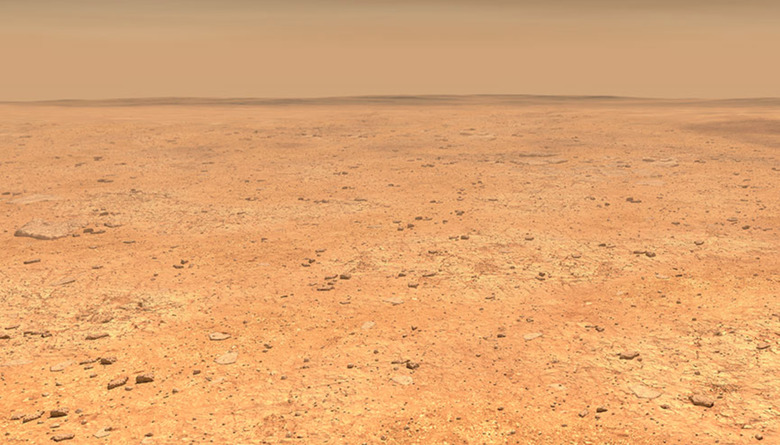Hope For Life On Mars Dealt A Huge Blow By New Study
- Scientists built a climate model to simulate puddles of salty water on Mars which could hold life.
- The data doesn't favor the existence of life as we know it, and the puddles are believed to only exist during certain times of the year.
- Visit BGR's homepage for more stories.
Of all the planets in our solar system, Mars is thought to be our best chance at finding life outside of Earth. There's obviously not much happening on the surface, but pockets of ice and even water exist in some areas of the planet, and there's a tiny, almost impossibly slim chance that something very tiny might be living there.
Or, at least that's what some scientists were hoping for, but a new study published by researchers from several institutions suggests that even that narrow possibility is probably also nonexistent.
We think we have a pretty good idea of what ingredients are required for life to exist. One of the big ones is water, and Mars has it. Much of it is locked away in ice, but Mars also has salt, and the combination of water and salt dramatically lowers its freezing point, meaning that puddles of ultra-salty brine could still exist on the surface.
To determine the likelihood that such puddles could support life, the researchers built an atmospheric model based on what we already know about the planet. Then using the simulated climate, they tested whether briny puddles could persist for long periods of time. Unfortunately, the data points in the opposite direction of life.
"Our team looked at specific regions on Mars — areas where liquid water temperature and accessibility limits could possibly allow known terrestrial organisms to replicate — to understand if they could be habitable," Dr. Alejandro Soto, co-author of the study, said in a statement. "We used Martian climate information from both atmospheric models and spacecraft measurements. We developed a model to predict where, when and for how long brines are stable on the surface and shallow subsurface of Mars."
The results showed that even under the most favorable conditions, puddles of super-salty water would only be stable on the planet's surface during certain times of the year.
"Even extreme life on Earth has its limits, and we found that brine formation from some salts can lead to liquid water over 40% of the Martian surface but only seasonally, during 2% of the Martian year," Soto says. "This would preclude life as we know it."
So yeah, that's a bit of a bummer. The good news is that NASA's Perseverance rover will soon be headed to Mars, and it'll be gathering samples of the surface and conducting experiments that could reveal whether life has ever existed on the planet.
